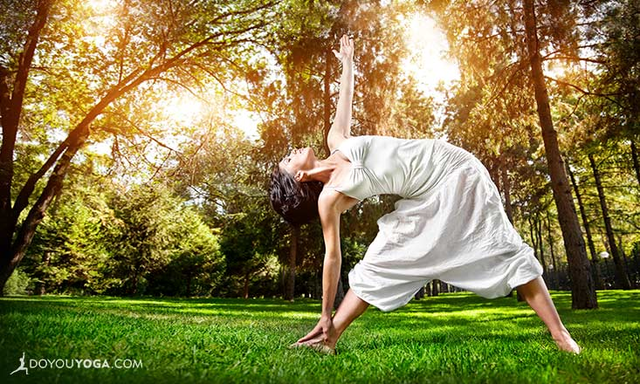When I was a little girl, I had the fourth grade teacher from hell. At nine years old, when a grown woman screams in your face for not understanding long division, you are convinced that she is, in fact, straight from hell.
Back then, if she deemed you especially shame-worthy, one would have to sit in the corner for all to see that you were not “good” that day. This seat was the fourth grade equivalent of walking through town with the Scarlett Letter “A” around your neck.
Today, teachers are no longer allowed to use such practices because they are considered corporal punishment.
The Culture of Shaming
As a culture, however, we have found new ways to shame others. If we listen to people converse about pop culture or scroll through our social media feed, we uncover many different perspectives on Caitlyn Jenner emerging as her true self, countless opinions declaring the selfie as narcissistic, body-shaming on every end of the spectrum, strangers taking pictures of a mom doing something they deem inappropriate and posting it on social media…the troops are rallied and ready, aim, fire!
There is also social media shaming, declaring it self-congratulatory and fake (these opinions posted on social media—oh, the irony!). Even the yoga community has its back and forth about what is "real" yoga practice, the yoga selfie debate, questioning the value of fast track teacher training programs…the list goes on.
Trying to Live Yogically
I am not above judgment by any means. I’ve had my share of engagement in many of these conversations. My yoga practice has certainly helped me become more mindful and heart centered. Over time, I’ve come to examine more of this ancient practice. As I spend more time on the yogic practice of svadhyaya—self-reflection—this becomes clearer:
Our actions are a mirror in which we can learn to see ourselves more clearly.~Nicole Markardt
Very often when we judge others harshly, we are triggered by something deep within ourselves. Observing the one who judges helps us learn so much more than simply engaging in mind(less) judgment.
For me, personally, I was deeply moved by Caitlyn Jenner speaking her long held truth to the world. When I observe without self-judgment as to why that struck such a deep chord with me, I realize that telling my story unfiltered is a struggle for me.
While I write from the heart about my journey through yoga and self-discovery and I strive to connect with others on a deeper level, I still hold back. The Caitlyn Jenners of the world fascinate me. As I strive for deeper understanding of my judgments, I attune my inner navigator to my true north; my heart center. Examining the following ideas often helps me gauge exactly where I am standing on my path, where I am headed, and if I need to change course.
Who Is Judging?
When I find myself standing in judgment of others, I ask myself this question. Who is the one judging? Is it the fearful child, the insecure mom who is not certain that she’s doing a good job, the woman who is struggling with body image?
In asking myself this question, I almost always have a breakthrough moment. This is also an incredible questioning tool for when we feel judged by others.
Seeking answers within is a powerful practice. We are unique individuals with our own personal histories and our own ways of experiencing the world around us that define our separate realities. When we ask ourselves, “Who is judging?” we can then offer them love because it is a signal that they need some.
Radical Empathy
Everyone suffers. Every single human being on this planet suffers in some way. We can become so fearful of understanding the heart of a person who has wronged us in some way. What would happen if we blurred the distinctions between right and wrong?
My fourth grade teacher had accidentally run over a little boy a few years before I was her student. I look back at her anger, her constant screaming, and I imagine that she was very angry with herself. I will never know what it is like to be her and occupy that emotional space in this world.
When we find ourselves shaming others while wanting our own faults to be excused, we can try to practice empathy. This is extremely difficult, and anyone in the heat of conflict can attest to how difficult it is to see how our adversary might feel.
As a writer, I’ve had people disagree with my perspective and not always respectfully. I ask myself, “Who is judging?" I imagine what wound might be triggered in them. Remembering what it feels like to be judged has certainly helped me practice radical empathy.
Using Yoga to Look Inside
The traditional means of svadhyaya included using a mantra, reading a sacred text, or finding a spiritual master (guru). In today’s yoga practice, we can commit to seeing our mirror images, our neuroses, our small-mindedness, and our pettiness by looking within. Questioning our thoughts and reactions with an open heart is a practice worth trying.
By doing this, we can also learn to see beyond our current state to our divine potential. That too is who we are.
As we conclude our yoga practice, we say Namaste. This represents the belief that there is a divine spark within each one of us. As we bow to one another, this gesture offers a coming together energetically and timelessly freeing us from separation. I can think of nothing more beautiful.


